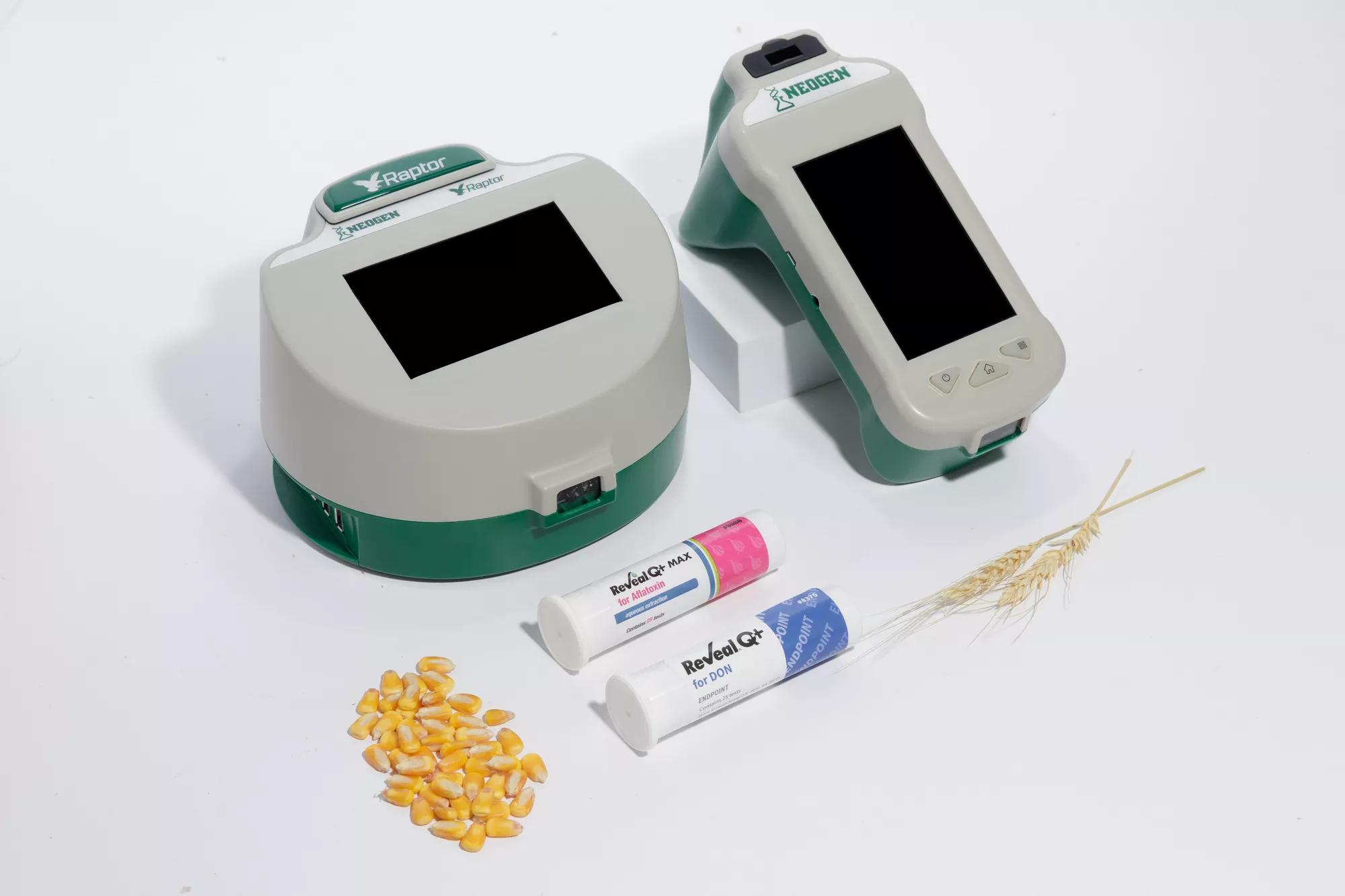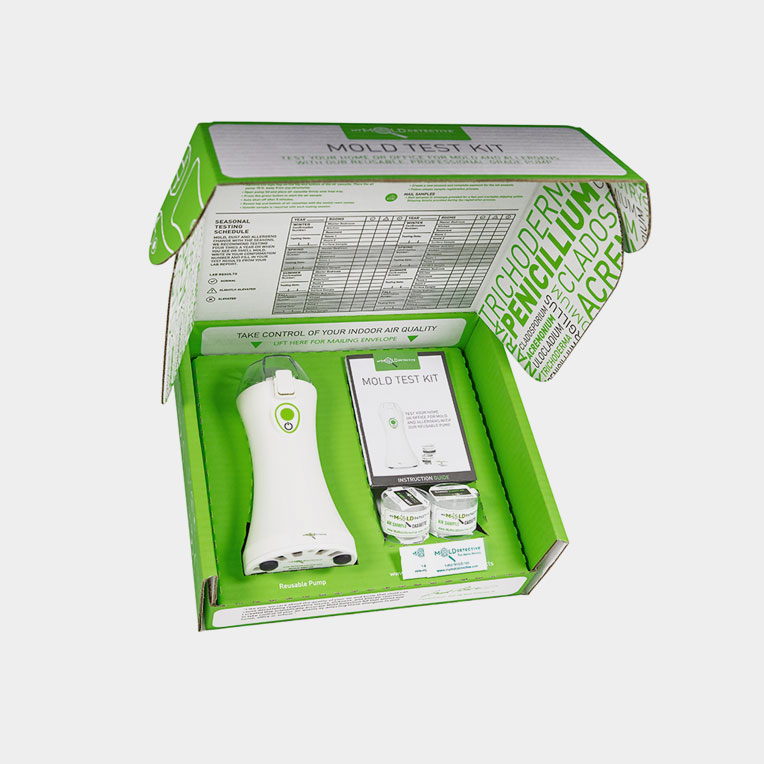The Duty of Mycotoxin testing Services in Food and Feed Safety And Security
Wiki Article
Exactly How Mycotoxin Screening Assists Protect Against Contamination and Guard Food Supplies

Mycotoxin screening is an indispensable practice in the food market, functioning as a frontline defense versus contamination by unsafe contaminants created by molds. Via the application of advanced techniques like High-Performance Fluid Chromatography (HPLC) and Fluid Chromatography-Mass Spectrometry (LC-MS), food producers can properly quantify and identify mycotoxin degrees in agricultural items. This positive approach not just guarantees conformity with rigid safety laws however also alleviates wellness dangers to consumers. Routine testing fortifies brand name credibility and economic wellness by minimizing contamination-related events. So, just how exactly do these testing protocols incorporate right into the more comprehensive food security strategy?
Comprehending Mycotoxins
Recognizing mycotoxins starts with acknowledging that they are toxic secondary metabolites produced by certain mold and mildews, which can infect farming products. These metabolites are not necessary for the development or reproduction of the fungi but can have severe effects for animal and human wellness. Mycotoxins are generally located in staple plants such as corn, wheat, barley, and nuts, where they can multiply under particular conditions of moisture and temperature level.
There are numerous types of mycotoxins, each generated by various fungal varieties. Aflatoxins, created by Aspergillus varieties, are among the most infamous, recognized for their carcinogenic homes. Another significant team consists of ochratoxins, created by Aspergillus and Penicillium species, which have nephrotoxic results. Fusarium types produce fumonisins and trichothecenes, both of which are connected with numerous acute and persistent health and wellness issues.

Threats of Mycotoxin Contamination
The threats of mycotoxin contamination are multifaceted, presenting substantial risks to both food safety and public health and wellness. Mycotoxins, harmful compounds generated by particular kinds of fungi, can pollute a vast variety of farming products consisting of cereals, nuts, seasonings, dried out fruits, and coffee.
Financial influences are an additional major worry. Infected plants can cause substantial monetary losses for farmers and food manufacturers because of minimized yields and the need for costly decontamination measures. Global profession can be considerably prevented as countries implement strict mycotoxin regulations to secure their populaces, leading to declined deliveries and stretched profession relations.
Ecological aspects such as climate adjustment intensify the danger of mycotoxin contamination. Variations in temperature level and humidity can develop desirable problems for fungal growth, increasing the probability of contamination occasions. Thus, understanding and mitigating these dangers are vital for ensuring the safety and integrity of global food supplies.
Approaches of Mycotoxin Checking
Precisely recognizing mycotoxin contamination in farming products is important for protecting public health and wellness and preserving food security requirements. Various methods are employed to detect and measure mycotoxins, each offering details benefits and restrictions.High-Performance Liquid Chromatography (HPLC) is a widely used method due to its high sensitivity and accuracy. It includes separating mycotoxins from various other materials in a sample, enabling exact metrology. Similarly, Fluid Chromatography-Mass Spectrometry (LC-MS) incorporates liquid chromatography with mass spectrometry to provide thorough molecular info, making it particularly valuable for determining multiple mycotoxins simultaneously - Mycotoxin testing Services.

Gas Chromatography-Mass Spectrometry (GC-MS) and Thin-Layer Chromatography (TLC) are also utilized, each with special applications. GC-MS is efficient for unpredictable mycotoxins, while tender loving care offers a simpler, cost-effective alternative for initial testing.
Advantages of Regular Checking
Regular testing for mycotoxins in farming items uses various benefits, significantly adding to public wellness and food security. By determining contamination early, regular screening assists avoid the circulation of poisonous foods, consequently decreasing the threat of mycotoxin-related health problems among customers. This positive technique not just safeguards human health and wellness yet also improves the overall top quality of food products.Regular screening additionally supports regulatory conformity. Various nations and areas have developed rigorous restrictions for mycotoxin levels in food and feed. Sticking to these limitations through regular testing makes certain that distributors and producers satisfy legal requirements, consequently preventing penalties and profession obstacles. Additionally, keeping compliance promotes consumer trust fund and brand name reputation, which are crucial for market success.
Additionally, routine mycotoxin screening can result in substantial financial benefits. Early discovery of contamination enables for prompt intervention, reducing potential losses from extensive contamination. Carrying out regular testing methods can likewise reduce recall expenses and associated liabilities, which can be monetarily ravaging.
Furthermore, normal description screening supplies useful data that can educate far better agricultural practices and storage conditions. By recognizing patterns of contamination, producers can adopt safety nets, therefore adding and decreasing future dangers to the sustainability of the food supply chain.
Executing Testing Procedures
Applying effective mycotoxin testing protocols is crucial for guaranteeing the security and high quality of farming items. Developing a durable testing framework includes numerous crucial steps, starting with the identification of prospective contamination factors within the manufacturing and supply chain. This includes pre-harvest, post-harvest, storage space, and circulation stages. Each stage must be inspected to identify where mycotoxin contamination is most likely to occur.As soon as important control points are determined, selecting proper testing techniques is important. Usual techniques consist of enzyme-linked immunosorbent assay (ELISA), high-performance fluid chromatography (HPLC), and mass spectrometry (MS) Each technique has its weak points and strengths; therefore, picking the appropriate one relies on the specific mycotoxin being checked, the required sensitivity, and readily available resources.

Lastly, integrating the testing protocols right into a comprehensive food safety and security management system is suggested. This improves traceability and makes it possible for quick corrective actions when contamination is detected, consequently securing the stability of the food supply chain.
Conclusion
Mycotoxin screening is essential in avoiding contamination and protecting food materials by allowing very early discovery of hazardous contaminants generated by mold and mildews in farming items. Normal screening boosts brand name online reputation, monetary security, and count on in food security by minimizing contamination-related losses and preserving high criteria in food production.Mycotoxin screening is a crucial technique in the food sector, offering as a read the full info here frontline protection versus contamination by dangerous toxic substances produced by molds. An incorporated approach including farming techniques, storage management, and regular screening can minimize the dangers connected with mycotoxin contamination, guaranteeing food safety and public wellness.
The risks of mycotoxin contamination are multifaceted, presenting substantial threats to both food safety and public health and wellness.Routine screening for mycotoxins in agricultural items uses numerous advantages, substantially contributing to public health and food safety and directory security.Mycotoxin screening is vital in preventing contamination and guarding food materials by making it possible for very early discovery of unsafe toxic substances produced by mold and mildews in agricultural items.
Report this wiki page